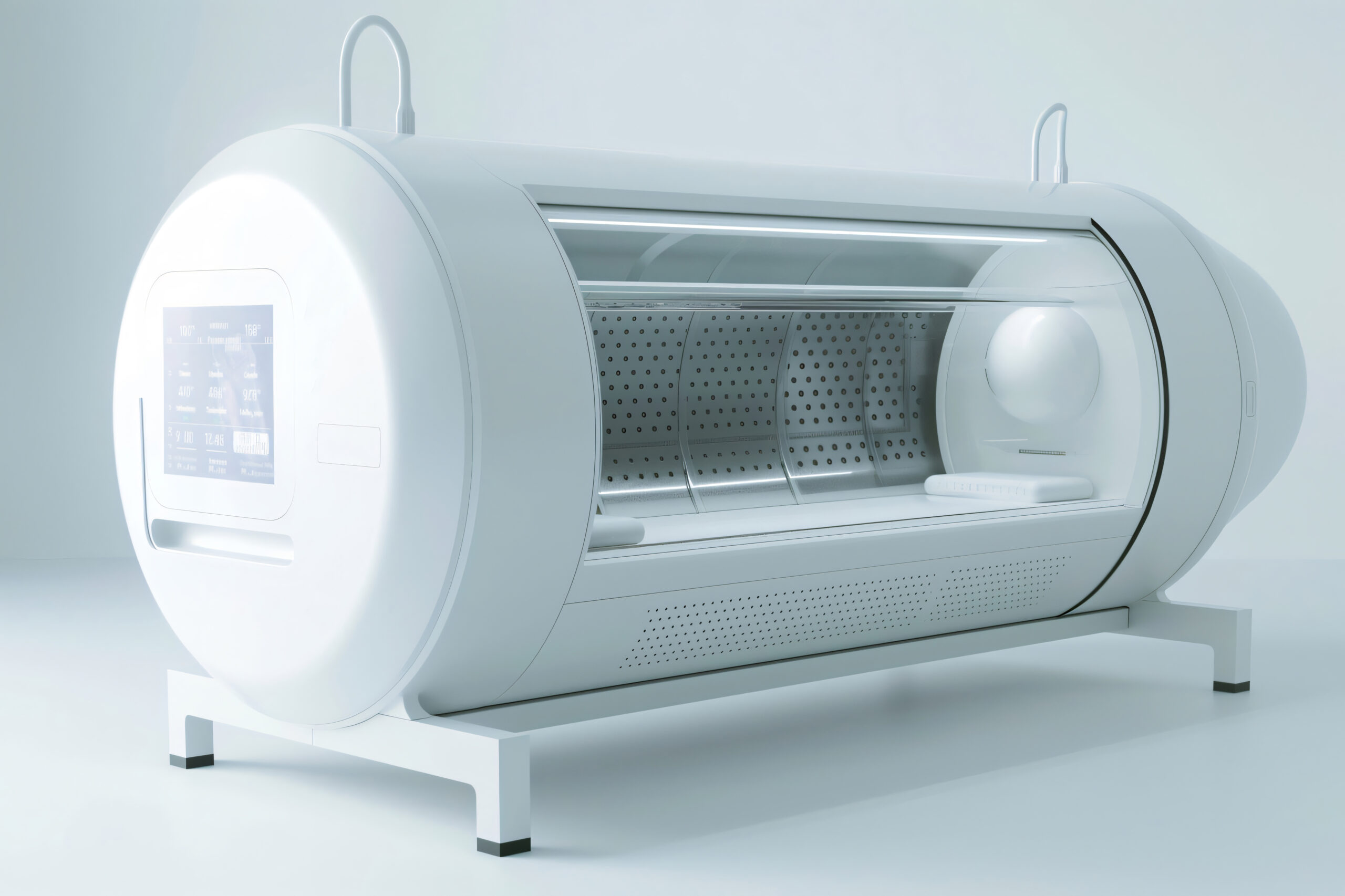Cryonics is an experimental and controversial field that involves preserving the body at extremely low temperatures after death, with the hope that future medical technology may one day allow for revival. While the science behind it is still in its early stages, more people are turning to cryonics as a potential way to extend life. Here are 8 things to know if you’re considering cryonics.
1. Cryonics Is Not a Guarantee of Revival
Cryonics does not promise revival. While some see it as a hopeful option for life extension, it is speculative and not scientifically proven to work. The idea behind cryonics is that future advancements in medicine and technology may one day allow for the revival of preserved bodies, but this remains a theoretical possibility.
2. The Process Starts After Legal Death
Cryonics is only performed after a person is declared legally dead. Once death is confirmed, the body is rapidly cooled and prepared for preservation. Immediate action is taken to prevent cellular damage and decay, with the goal of maintaining as much cellular integrity as possible during the preservation process.
3. The Body Is Stored in Liquid Nitrogen
Once the body has been preserved, it is stored at extremely low temperatures in a vessel filled with liquid nitrogen, typically at around -196°C (-321°F). This freezing process is intended to slow down all biological activity, including decay, and preserve the body for future revival.
4. Only a Small Portion of Cryonics Is Tested
Cryonics procedures have been successfully carried out on animals (mostly in research settings) but have never been proven successful in humans. The preservation process is not flawless, and there is a risk of irreparable damage to tissues during the freezing and thawing process. For this reason, cryonics remains an experimental approach with no known successful human revival.
5. Cryonics Is an Expensive Process
Cryonics is costly. The entire process typically costs between $28,000 to $200,000, depending on whether you opt for full-body preservation or only brain preservation (also called “neurocryopreservation”). These fees cover transportation, the preservation process, and long-term storage. Many people who choose cryonics set up life insurance policies to cover the costs.
6. You Can Choose to Preserve Only the Brain
While full-body preservation is the most commonly discussed form of cryonics, some people choose neurocryopreservation, which involves preserving only the brain. The idea is that personal identity and consciousness are thought to reside in the brain, making it a potentially less expensive option for those looking to take the chance on future medical advancements.
7. Cryonics Is Not Legal in Every Country
Cryonics is legal in some countries, such as the United States, Russia, and certain European nations. However, it is not widely accepted or regulated, and many countries, including most in Europe, have not legalized cryonics. The legal status of cryonics can vary widely depending on the jurisdiction.
8. Cryonics Is a Controversial Practice
Cryonics is highly controversial. Many scientists and medical professionals believe that it is not scientifically viable, and some argue that it is nothing more than a form of speculative fantasy. There are concerns over the ethics, legality, and practicality of the practice. However, there is also a growing number of proponents who argue that it represents a new frontier in death care and life extension.
Final Thoughts
Cryonics offers an unconventional and controversial option for those who wish to take a chance on life extension. While there is still much skepticism about its feasibility and ethics, it remains a topic of interest for those looking to explore the limits of science and technology. Whether or not cryonics will lead to the revival of the deceased is still unknown, but as technology advances, the possibilities for the future of life extension continue to evolve.
If you’re considering cryonics, it’s important to weigh the potential risks and costs against the speculative nature of the practice. It’s a decision that involves hope, uncertainty, and a belief in the potential of future science.
If you have feedback, questions, or ideas for future articles or Information Hubs, please contact us. Your insights help us create valuable content.


